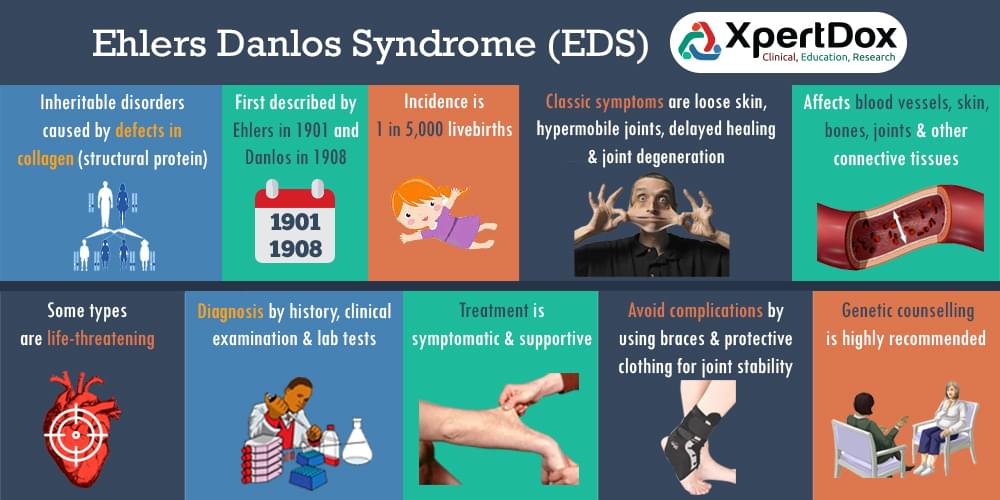pain relief trip to Australia
Fundraising campaign by
Nick Westerlund
-
kr0.00Donated So Far
Campaign Story
Hello
My name is Nick
I suffer from something called Ehlers Danlos Syndrome,
An explanation of what it follows in the context of this text.
I seek help to travel to my sister in Austrlien, when her doctor can give me a bone marrow transplant which may help to keep me on my feet, I suffer from great pain every day and they never get rid of me, my wish is to keep me out of the wheelchair
Copied from the Ehlers Danlos Syndrome website Ehlers-Danlos syndrome
Ehlers-Danlos syndrome is a group of disorders that affect Use of illustrations and other content
" title="Image" href="https://ghr.nlm.nih.gov/art/large/connective-tissues.jpeg" data-remote="/art/large/connective-tissues.jpeg" target="_blank" class="img-popup img-popup-2" data-toggle="lightbox">connective tissues supporting the skin, bones, blood vessels, and many other organs and tissues. Defects in connective tissues cause the signs and symptoms of these conditions, which range from mildly loose joints to life-threatening complications.The various forms of Ehlers-Danlos syndrome have been classified in several different ways. Originally, 11 forms of Ehlers-Danlos syndrome were named using Roman numerals to indicate the types (type I, type II, and so on). In 1997, researchers proposed a simpler classification (the Villefranche nomenclature) that reduced the number of types to six and gave them descriptive names based on their major features. In 2017, the classification was updated to include rare forms of Ehlers-Danlos syndrome that were discovered more recently. The 2017 classification describes 13 types of Ehlers-Danlos syndrome.
An unusually large range of joint movement (Use of illustrations and other content
" title="Image" href="https://ghr.nlm.nih.gov/art/large/hyperextensible-joints-in-the-fingers.jpeg" data-remote="/art/large/hyperextensible-joints-in-the-fingers.jpeg" target="_blank" class="img-popup img-popup-2" data-toggle="lightbox">hypermobility) occurs in most forms of Ehlers-Danlos syndrome, and it is a hallmark feature of the hypermobile type. Infants and children with hypermobility often have weak muscle tone (hypotonia), which can delay the development of motor skills such as sitting, standing, and walking. The loose joints are unstable and prone to dislocation and chronic pain. In the arthrochalasia type of Ehlers-Danlos syndrome, infants have hypermobility and dislocations of both hips at birth.Many people with the Ehlers-Danlos syndromes have soft, velvety skin that is highly stretchy (elastic) and fragile. Affected individuals tend to bruise easily, and some types of the condition also cause abnormal scarring. People with the classical form of Ehlers-Danlos syndrome experience wounds that split open with little bleeding and leave scars that widen over time to create characteristic "cigarette paper" scars. The dermatosparaxis type of the disorder is characterized by loose skin that sags and wrinkles, and extra (redundant) folds of skin may be present.
Some forms of Ehlers-Danlos syndrome, notably the vascular type and to a lesser extent the kyphoscoliotic, classical, and classical-like types, can cause unpredictable tearing (rupture) of blood vessels, leading to internal bleeding and other potentially life-threatening complications. The vascular type of Ehlers-Danlos syndrome is also associated with an increased risk of organ rupture, including tearing of the intestine and rupture of the uterus during pregnancy.
Other types of Ehlers-Danlos syndrome have additional signs and symptoms. The cardiac-valvular type causes severe problems with the valves that control the movement of blood through the heart. People with the kyphoscoliotic type experience severe Use of illustrations and other content
" title="Image" href="https://ghr.nlm.nih.gov/art/large/abnormal-curvature-of-the-spine.jpeg" data-remote="/art/large/abnormal-curvature-of-the-spine.jpeg" target="_blank" class="img-popup img-popup-2" data-toggle="lightbox">curvature of the spine that worsens over time and can interfere with breathing by restricting lung expansion. A type of Ehlers-Danlos syndrome called brittle cornea syndrome is characterized by thinness of the clear covering of the eye (the cornea) and other eye abnormalities. The spondylodysplastic type features short stature and skeletal abnormalities such as abnormally curved (bowed) limbs. Abnormalities of muscles, including hypotonia and permanently bent joints (contractures), are among the characteristic signs of the musculocontractural and myopathic forms of Ehlers-Danlos syndrome. The periodontal type causes abnormalities of the teeth and gums.Organizer
- Nick Westerlund
- Campaign Owner
No updates for this campaign just yet
Followers
Support Campaigns
Create a support campaign in seconds!
Support campaigns allow you to get your own fundraising page dedicated to 'pain relief trip to Australia'
You'll have your own unique link that you can share, and all funds raised will go directly to 'pain relief trip to Australia'. It's the ultimate way to show your support!
Create support campaign



